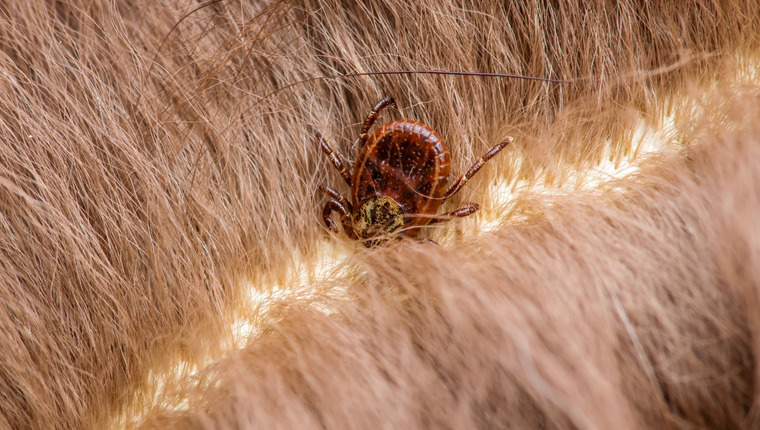
Ehrlichiosis has reached the east coast of Queensland, Australia, for the first time, report the Australian Broadcasting Corporation.
Ticks carrying the bacteria Ehrlichia canis (E.canis) spread the disease, which can cause a “horrible” death in dogs. Last week, a dog tested positive in the city of Townsville – the largest city in North Queensland.
On the East Coast for the First Time
Dr. Campbell Costello of Outback & Airborne Veterinary Services said that it’s the first time the disease has been detected on the east coast of Australia. He also said we shouldn’t underestimate it. “It’s a big risk,” he explained, “I’ve had dogs come in that are bleeding from their eyes, the nose, the anus, struggling to breathe because they’re bleeding into their lungs”.
We don’t know how ehrlichiosis first came into Australia. However, the first cases were detected in Western Australia over two years ago, in May 2020. While it’s relatively new, however, the brown dog tick, which spreads the disease, isn’t.
Brown dog ticks have been around Australia for decades, generally living in the northern half of the country. Rather, it’s a new bacterium that’s causing the disease, which can cause radiation-like symptoms.
“This little bacteria is really sneaky,” said Dr. Costello. “The tick bites the dog, regurgitates the bacteria into the dog’s bloodstream, and then that bacteria goes and attacks the liver, the kidneys, and, most importantly, bone marrow.
“A white blood cell comes along and eats [the bacteria], and it sits inside the white blood cell dormant.
“You kill all these mites in the bloodstream with antibiotics and every now and again, you’ll get one that goes up and hides in a cell and then waits for the antibiotics to wear off and they relapse.
“So dogs can be really, really sick for a really, really long time.”
Avoiding Ehrlichiosis
Ehrlichiosis targets the immune system. Symptoms can include lethargy, fever, anemia, and unusual bleeding.
To prevent ehrlichiosis, it’s best to use a tick collar as well as oral treatments. There are no vaccines currently available, but a combination of the two above methods can offer 90 to 95% protection together.
Unfortunately, it looks as if it’s there to stay in Australia. The best dog parents can do is to protect their pooches as much as possible to minimize risk.









